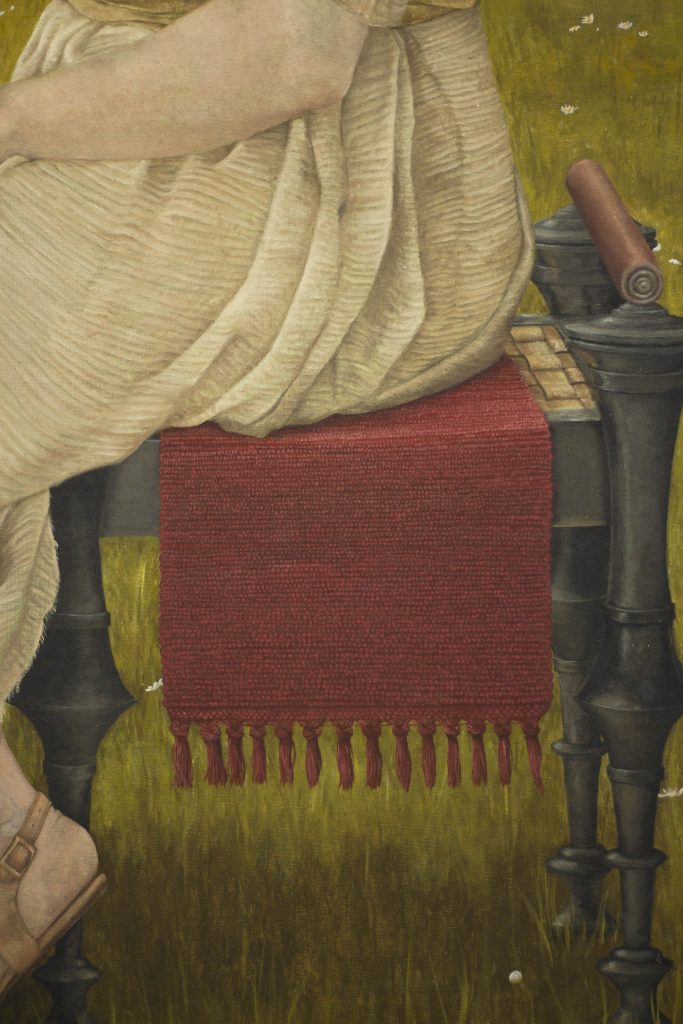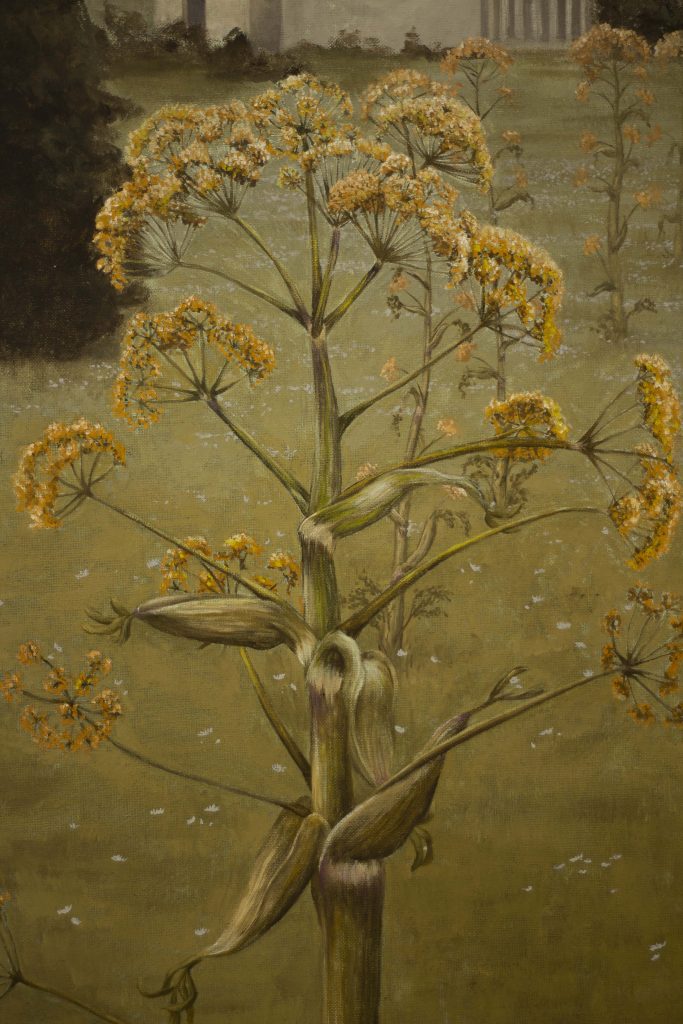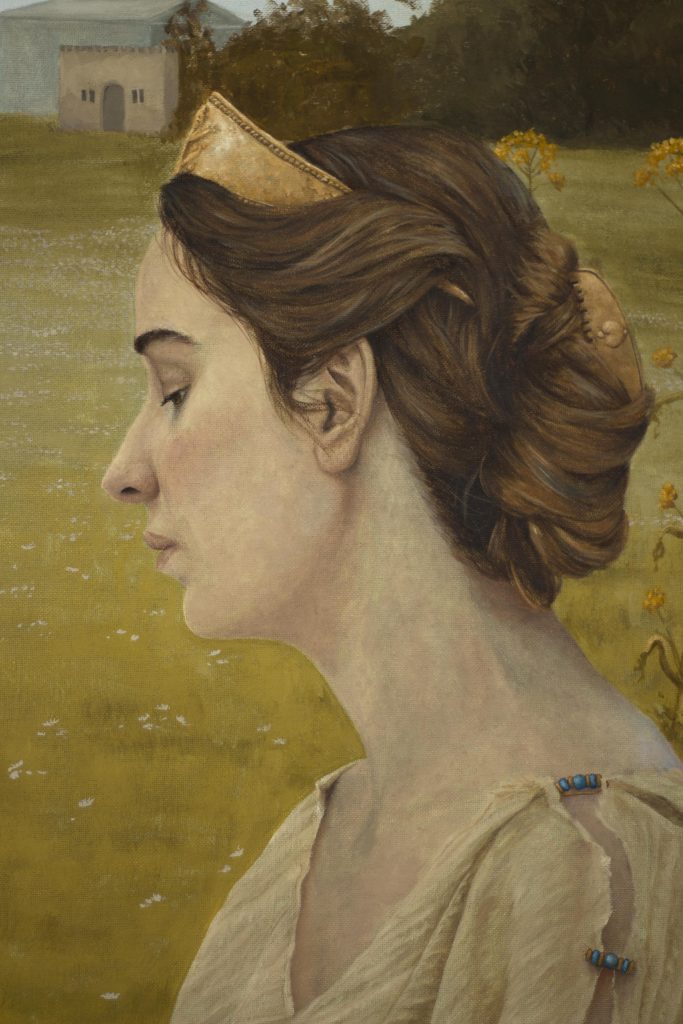Silphium goddess 2.0
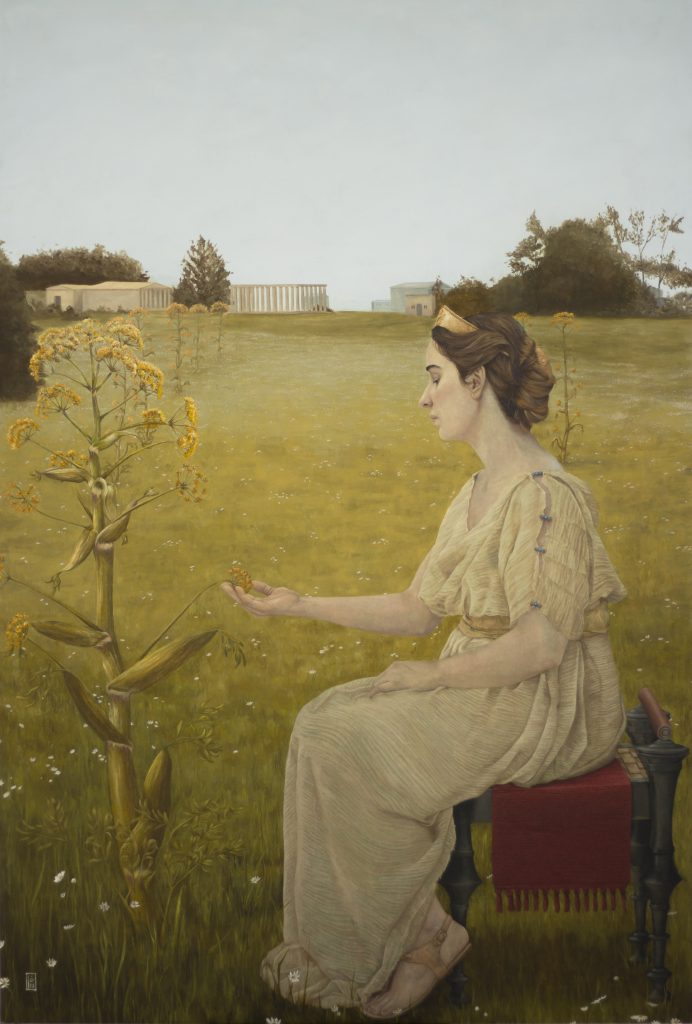
Silphium is a wild plant that used to grow in Libya, and the place of silphium growth is from the city of Derna to the Sidra region today, and this plant became extinct due to reckless economic exploitation by the Greeks, as it was exported in large quantities to support the treasury of Athens, while Pliny accused the Romans who fed it to their flocks that they had exhausted the plant Claiming them more than they could produce – in an article entitled: “The silphiuom in the ancients” by Alfred C. Andrews says: “The silphiuom covered an area of about 440 miles from Benghazi to Sirte, and was probably more abundant in Sirte than in Cyrene. SILPMIUM by PC FÉLIX DÉNIAU: “This plant was born in the place where the gardens of the Hesperides were, and then in Cyrene – a fertile, watery country, covered with pastures, a country with vegetation so rich and wonderful that the poet Pindar described it as ‘the garden of flowers.’ Aristos married the daughter of Qadmus founded Thebes in 2669 or 1946 BC, and discovered silphium in the early years of the twentieth century BC. In Greek mythology, the first to discover silphium was Aristos, son of Apollo and Cyrene, who taught people how to use it. Perhaps the importance of silphium was discovered because of the flocks that were grazing in the land in which it grows, and they were called golden flocks because they; Fat and larger than any flocks in the world, also its wool was more abundant and soft, the Greeks tried to grow silphium in a place other than Libya, and one of these attempts was one in Ionia, and all of these attempts failed, and it was finally proven that its cultivation anywhere far from Libya is Useless. The price of silphium was very high due to the limited supply, and the great demand for it, all parts of the plant were highly prized from the leaves to the flower to the stem, it was used for medicinal purposes and in cooking, and the importance of silphium reached the degree that the Romans put it in the treasury of Rome as a deposit. Silphium appeared in ancient art in several forms, including the panels discovered on the island of Canossus, which Mr. Arthur Evans talked about, and silphium was engraved on them. Silphium was represented on coins by a woman sitting on a chair extending her arm towards the silphium plant, and some believe that she is a goddess of Libyan deities, But Mr. Emanuela Fabbricotti in his article entitled: “Silphium in Ancient Art” says: “Cyrina is the guardian of silphium, and the land in which it grows.” In the second century AD, this art was revived to signify the political power of Cyrene despite the extinction of silphium, and says Mr. PC FÉLIXDÉNIAU in his aforementioned book; Claude Somme, the Latin scholar, said that there was a coin with an inscription of a woman; The silphium plant was presented to a king who is Patos, and that during the period of the Patos dynasty the coin was always struck on one side – patos and on the other side the silphium plant as a symbol of Cyrene.
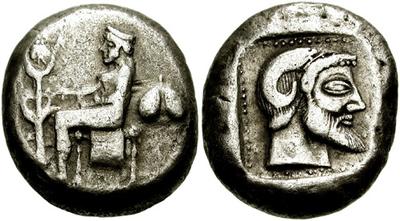
© shefa salem 2020 all rights reserved
Images copyrighted by shefa salem
